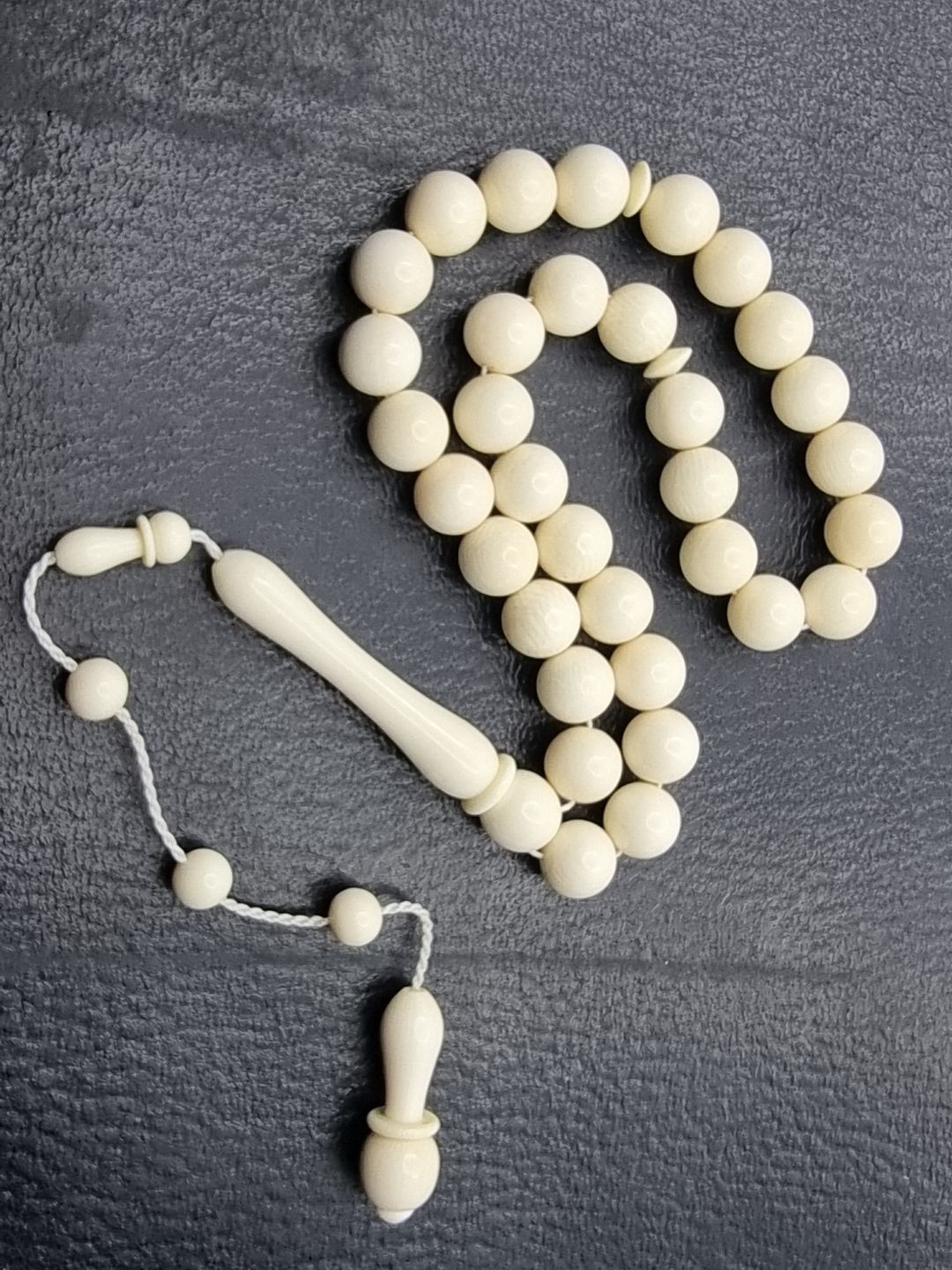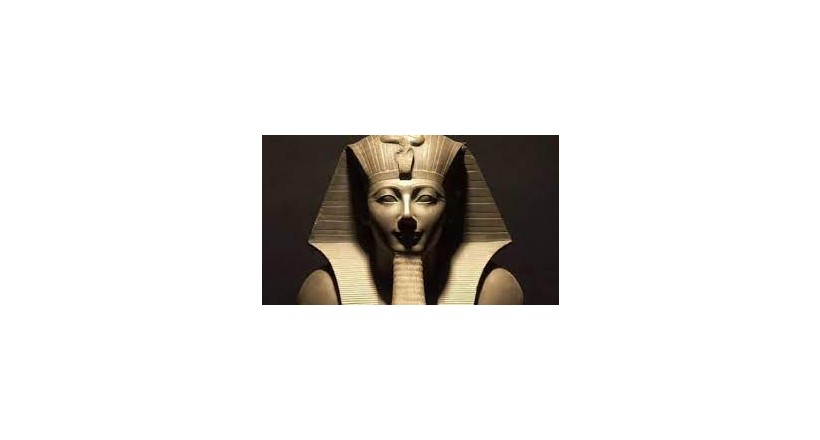The “responders” began to be placed with the dead pharaohs, princes, and great leaders, starting from the ancient Egyptian kingdom (about 2600-2100 BC), and they were in the form of life-size heads made of colored limestone. It continued to be placed in the graves of the dead, but over time it took the form of the entire body, but in the form of small statues. Therefore, these statues were sometimes depicted with wicker plucks and an ax on their backs. Texts from the Book of the Dead recorded on statues also indicate this role. They began in the Middle Kingdom with one statue, then reached 403 during the New Kingdom of Egypt (1470-1070 BC). It does not include only one statue of the owner of the cemetery, but statues similar to him that suffice for the entire year and also contain statues of scribes, chiefs and supervisors (Osir). As for the later ages, wooden chests were found containing large numbers of about 700 Ushabti. The most beautiful examples found by Tutankhamun's collections indicate the belief that the Ashubti included kings and the rest of the subjects as part of the belief in the justice of Osiris, who assigned the king to work in the fields like his subjects.
Welcome to Try Collect




